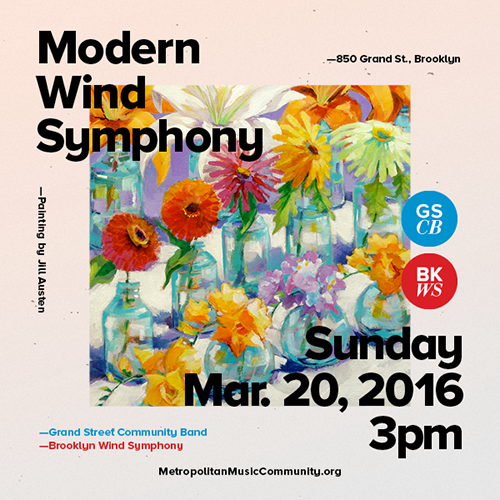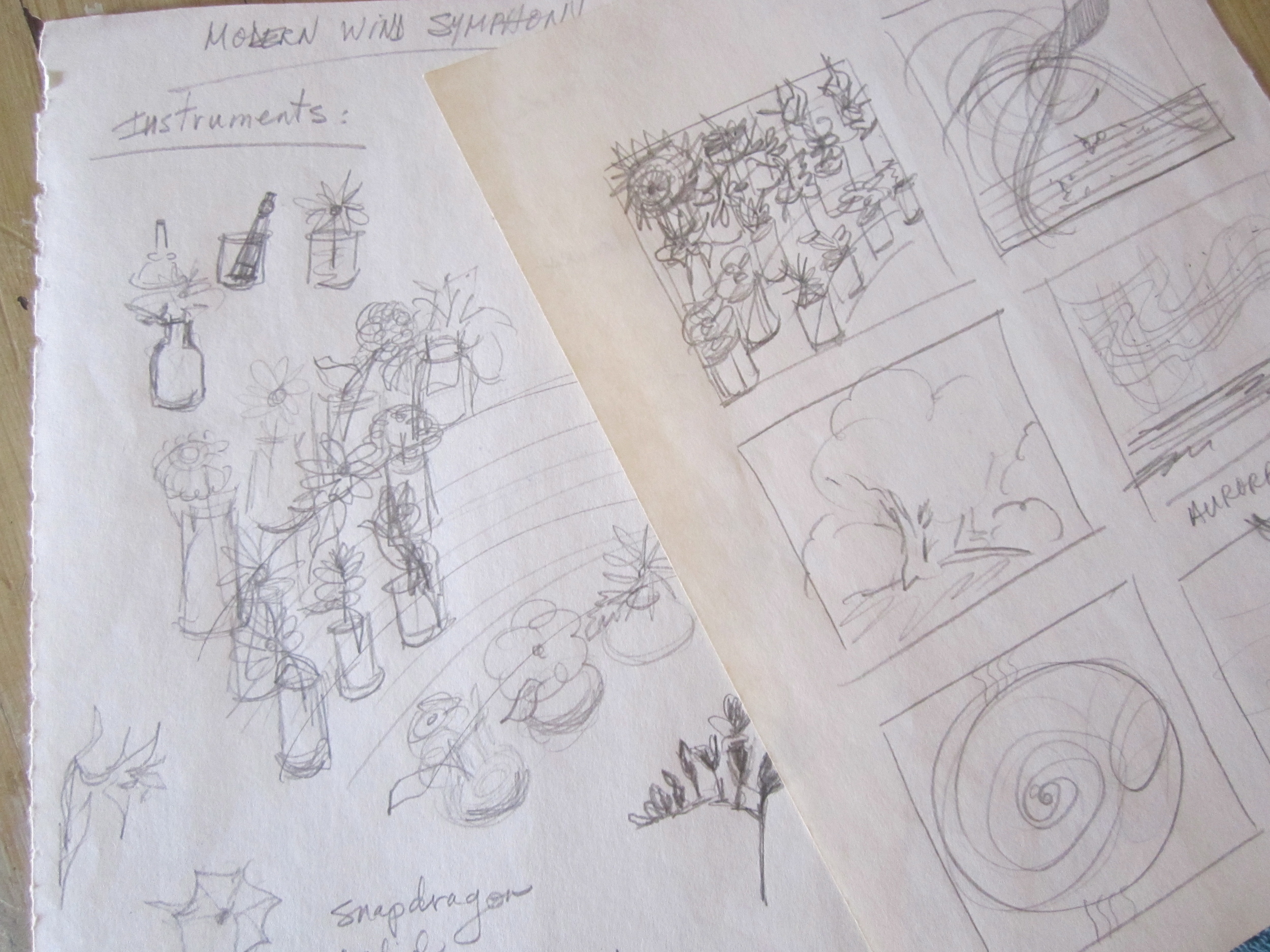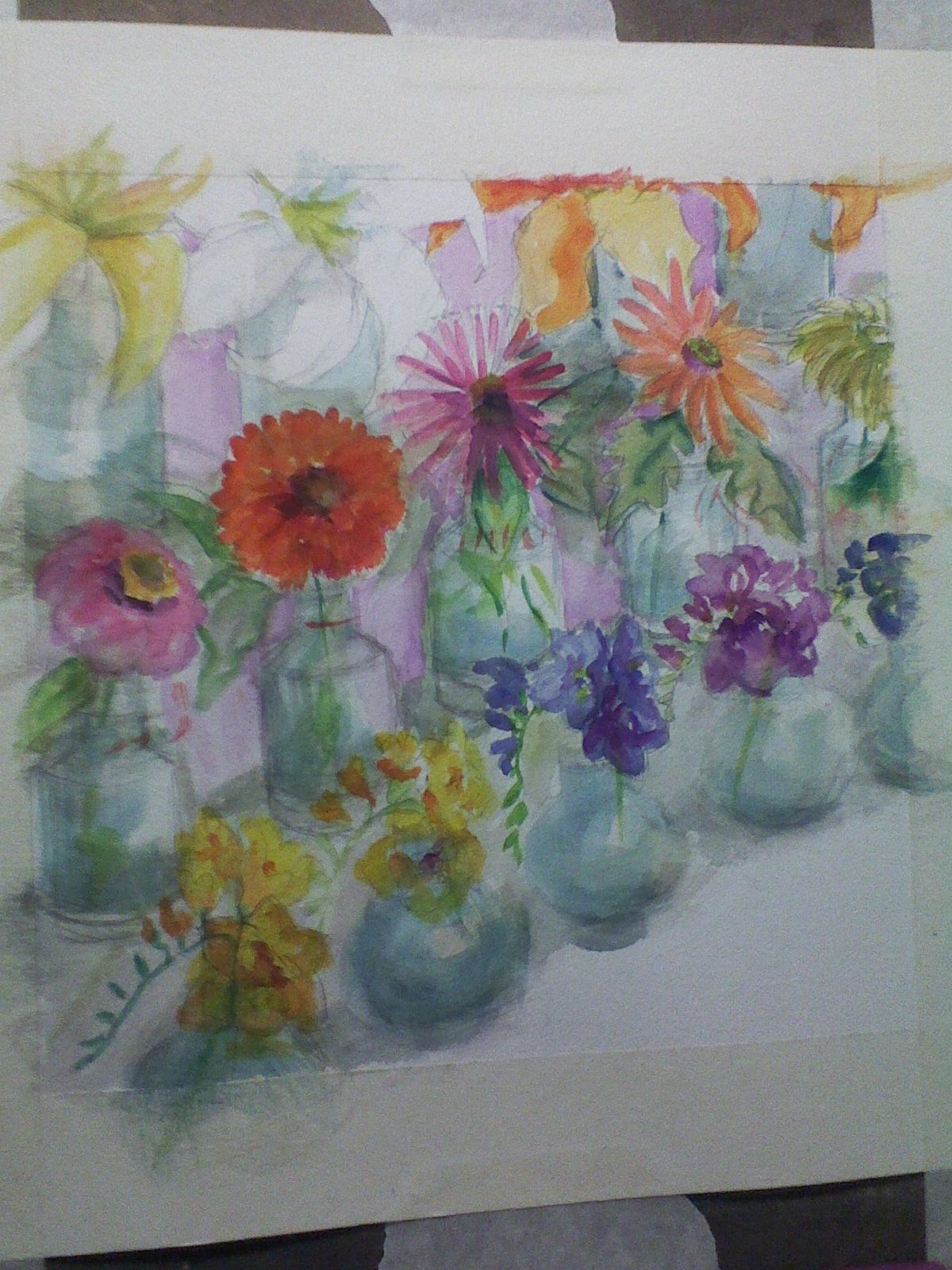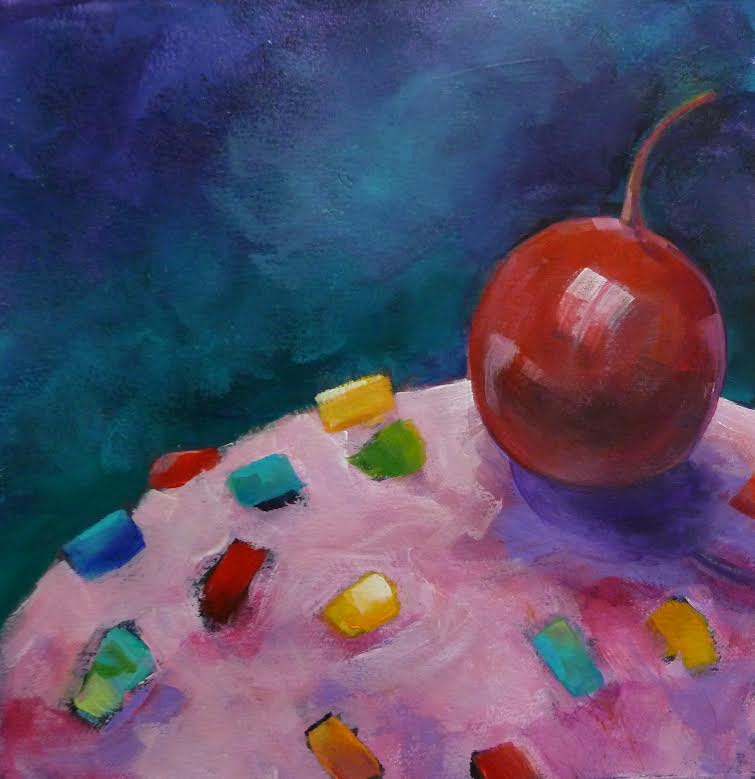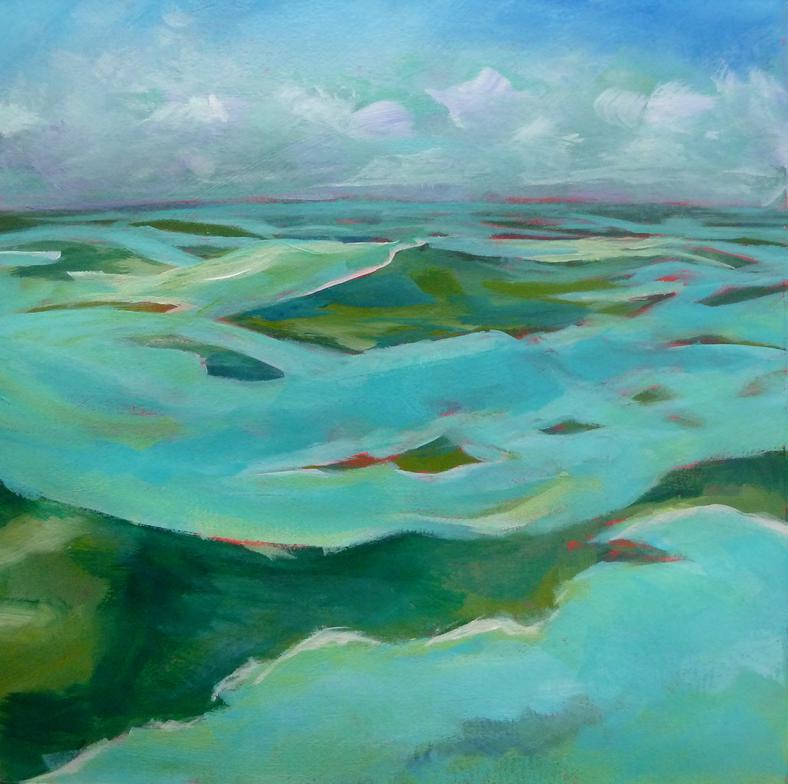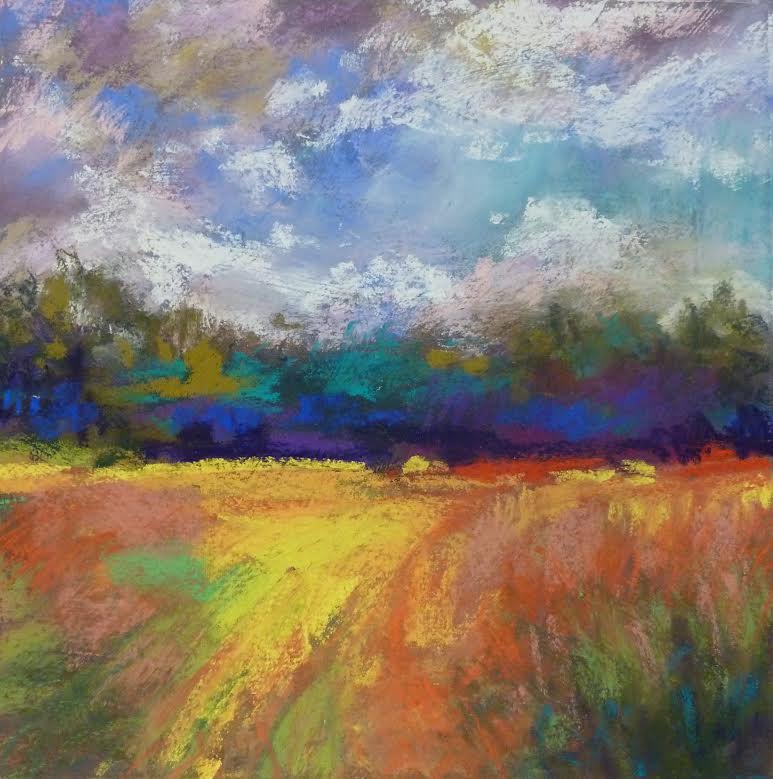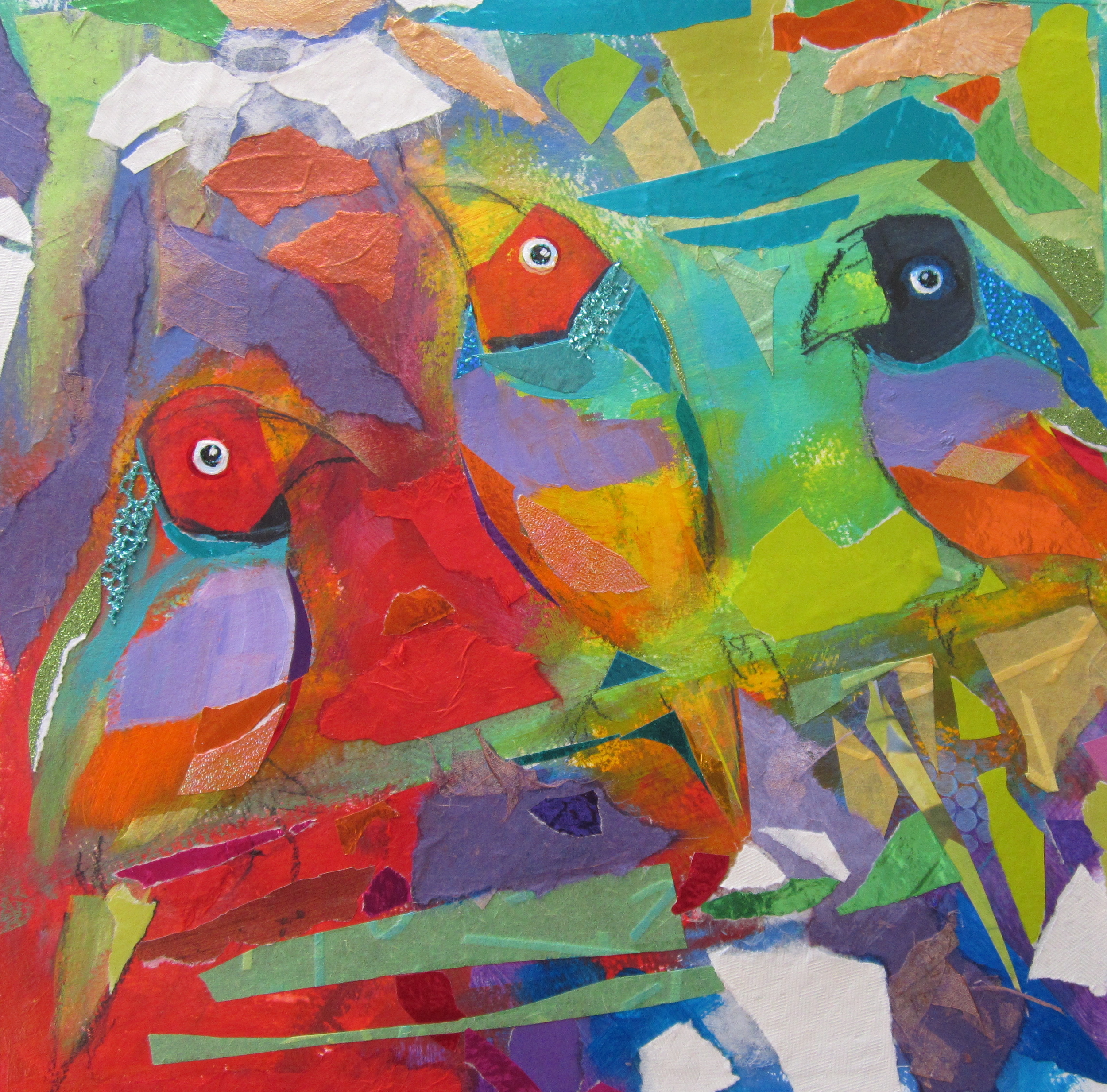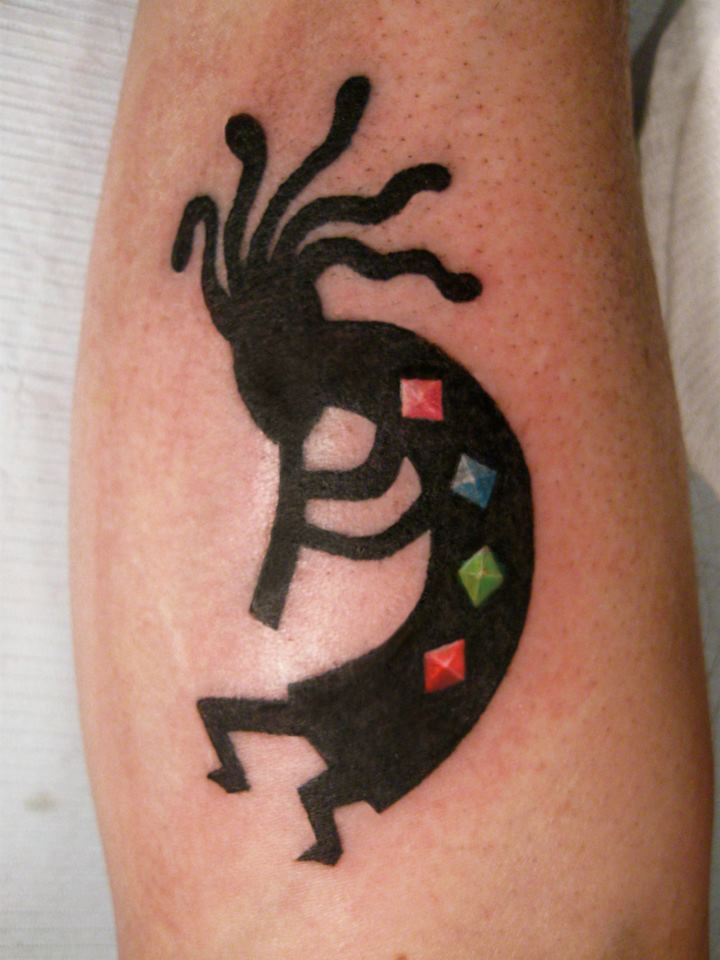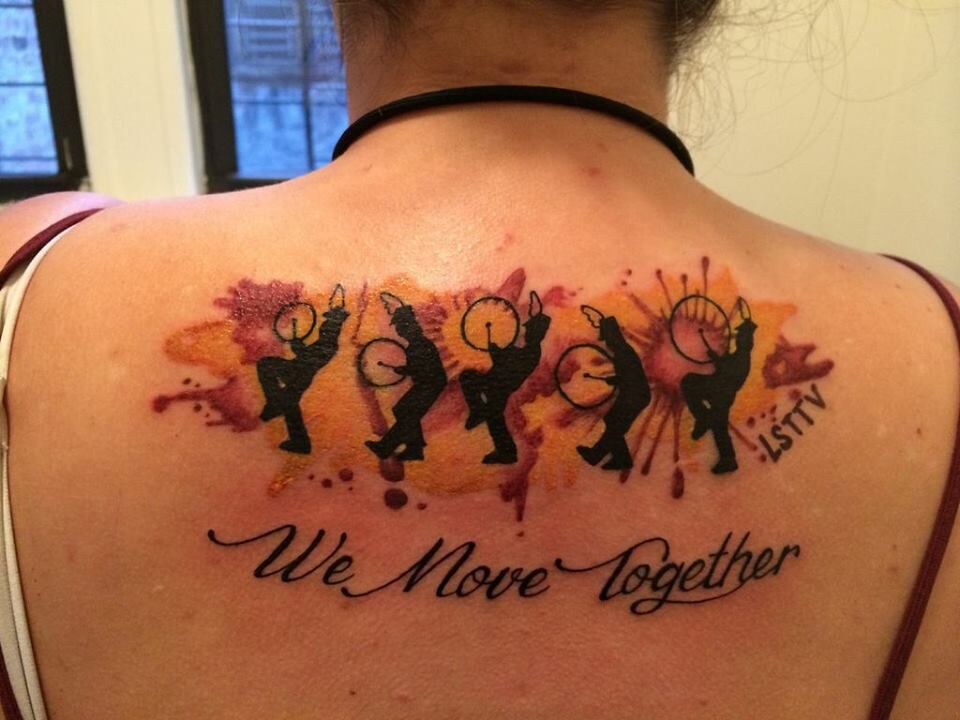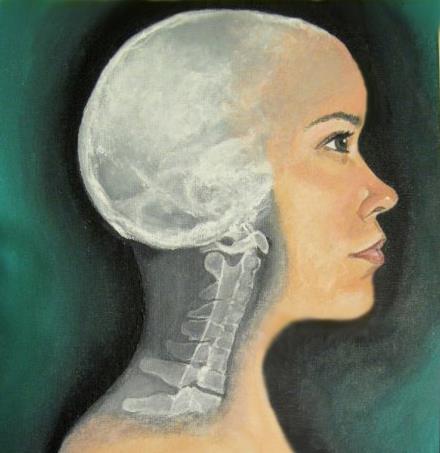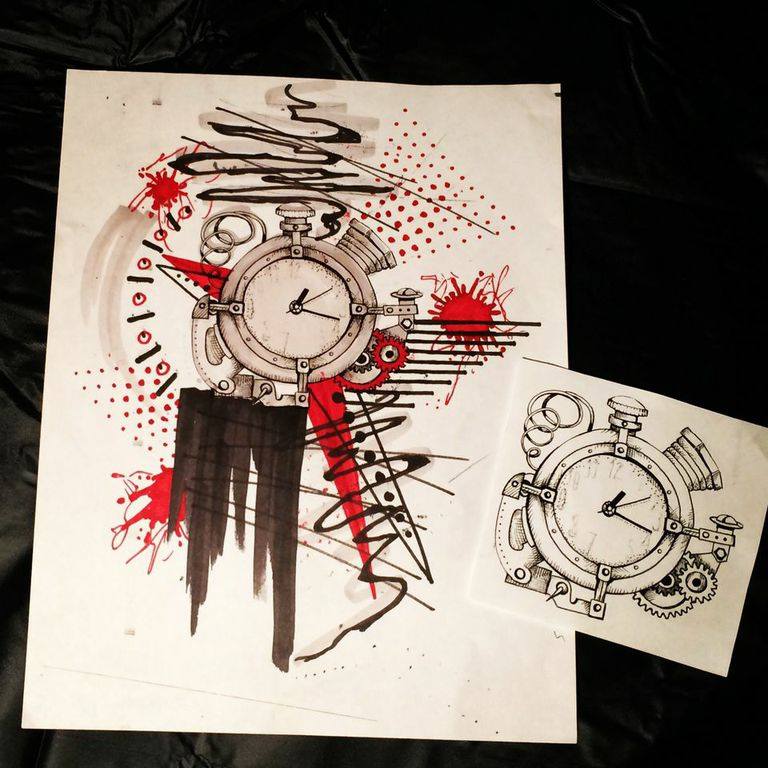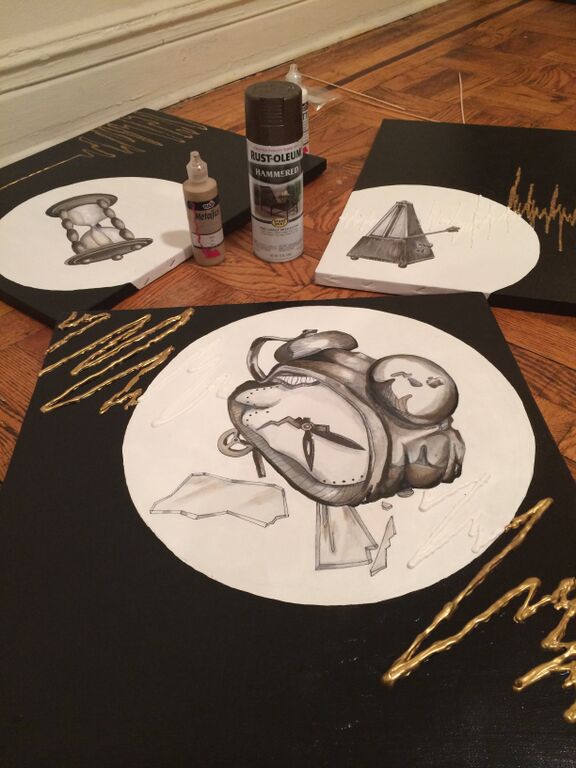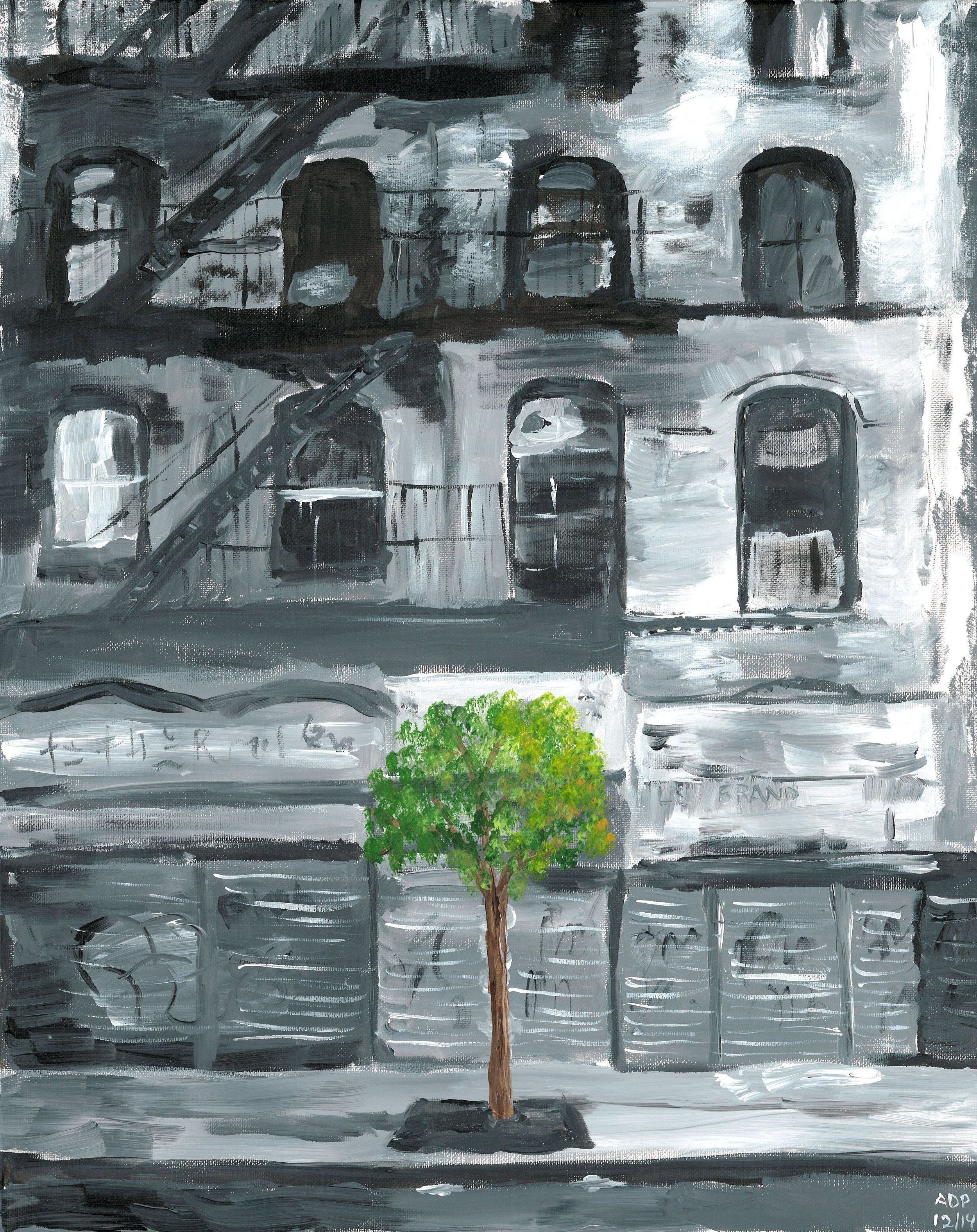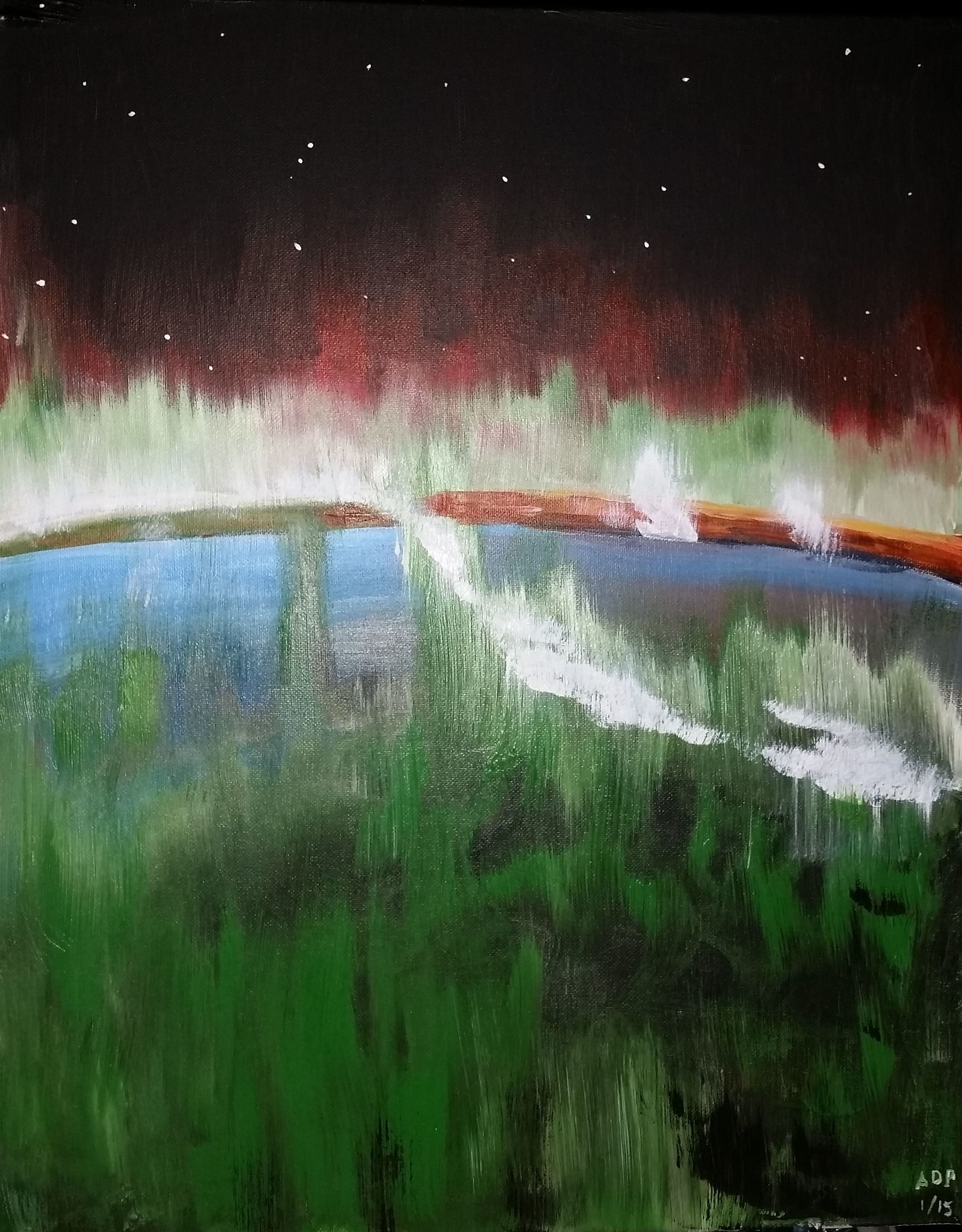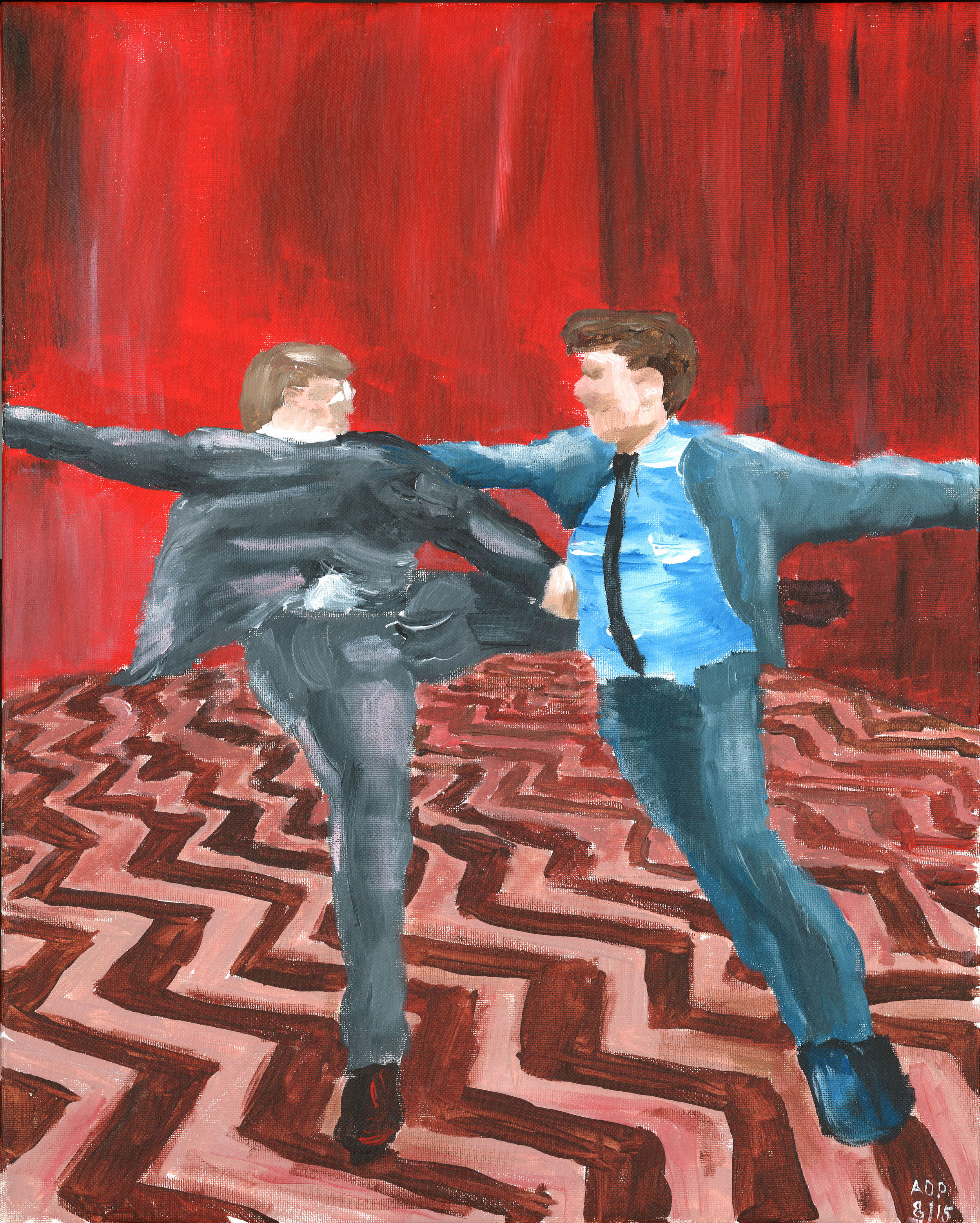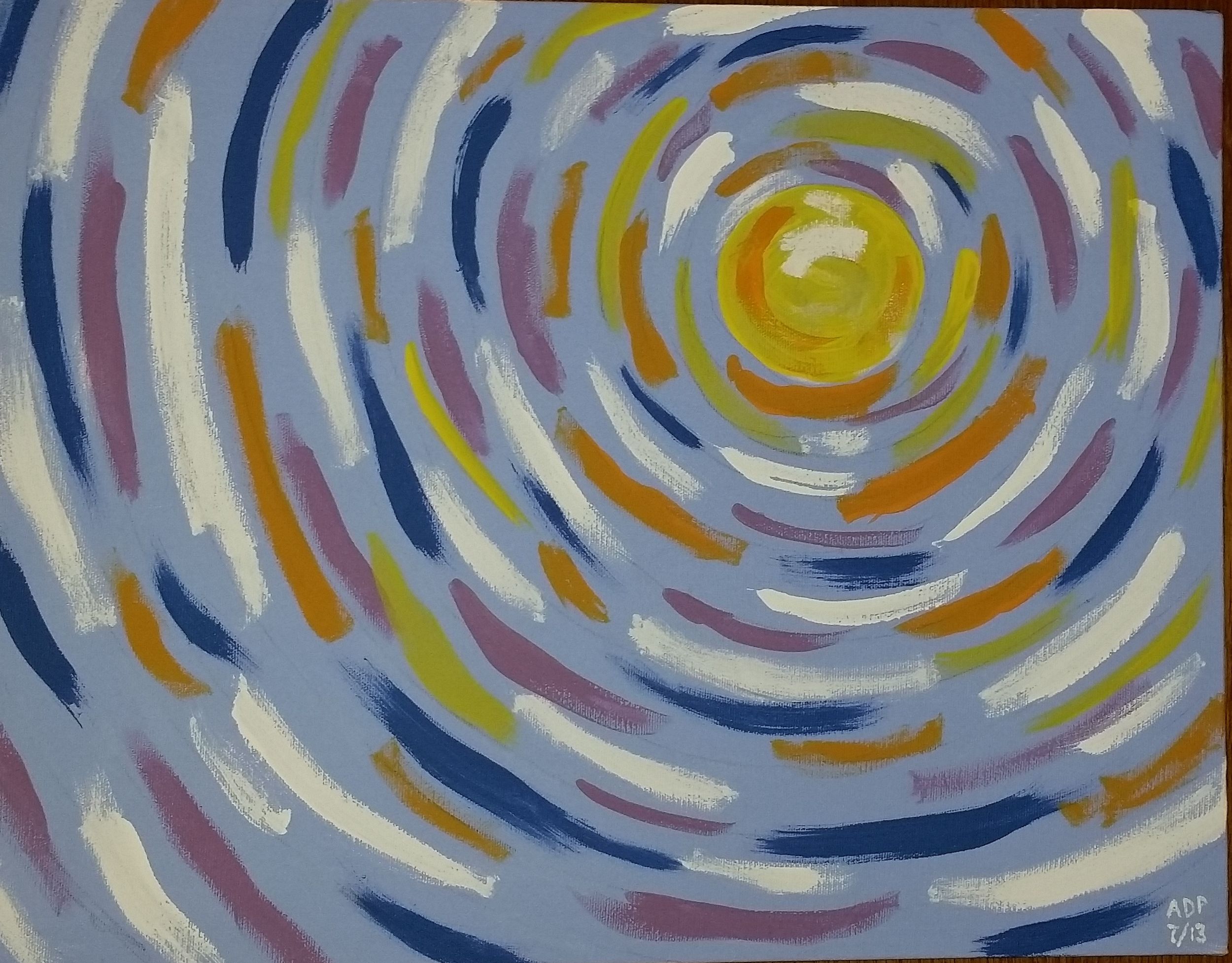Grand Street Community Band is tackling a roster of demanding works for MMC's March 20th concert Modern Wind Symphony. Two pieces this cycle feature huge (and hugely challenging!) clarinet solos, and GSCB musicians Lena Barsky and Laurel Stinson have boldly stepped up to the music stand!
First up, Lena Barsky, who will be performing the wild and wacky clarinet solo in John Mackey's Asphalt Cocktail. Lena is a relative newcomer to GSCB--she joined the group in September after moving to New York last May. Her first foray with the MMC was band camp at French Woods, which she says she attended "on a bit of a whim."
"I'm a huge band nerd, which means that seeing an email with the phrase, "Do you want to go to band camp?" filled my heart with joy," she said. "And I'm so glad that I did, because everyone was so welcoming and so talented! Joining GSCB has probably been The Highlight of my Very Special First Year in NYC."
Lena has dived right in, tackling the lengthy and enormously technical clarinet solo in Asphalt Cocktail. She shared her thoughts on the part, her practice regimen and how she keeps those nerves at bay!
Click here for Part 2 of Solo Spotlight where Laurel Stinson talks about her part in Frank Ticheli's Blue Shades.
What was your first impression when you saw the solo?
"Ohhhhh geeze" and then, after a second, "OHHHHHH NOOOOO, I'M GOING TO HAVE TO PLAY THIS IN FRONT OF PEOPLE." I mean, this is far and away the hardest solo I've ever had to play, including the pieces I performed at my college senior recital! It's hyper-exposed, really fast, and filled with accidentals that aren't exactly easy to play in succession, so I was pretty intimidated.
What part do you look forward to the most in the solo?
There's this really great part at measure 89, fairly early on into the solo, where Mackey takes the original theme of "da-da-DAT-da-da-DAT-DAT-DAT" (it'll make sense when you hear it, I promise!) and riffs on it, then the part gets really schmeary with several long glissandos, almost like that classic Benny Goodman sound or the opening clarinet lick from Rhapsody in Blue. Getting to play around with my sound in such an unregulated, over-the-top way -- the part literally reads "Dramatic Sighs" -- is REALLY FUN and is something that you don't really find in more traditional wind band music.
What’s the best part of playing such an exposed part in the ensemble?
*dramatic hair flip* Getting to SHOW OFF how GREAT I sound, OBVIOUSLY. No, no, no, I'm totally kidding. I'm not really sure! This Asphalt Cocktail solo is actually giving me a fair amount of stress because the rest of the band is working so hard and playing their hearts out on a song that's supremely difficult, and I don't want to let anybody down. Given that, I think what's great is similar to what I said above -- that I get to have fun with this part for a few lines and kind of jam out on my own.
What’s your practice regimen?
Definitely rehearsing every day! Otherwise there's no way my fingers would have all the wacky accidentals down. When I first found out I'd be playing the solo I went home and listened to those specific measures of Asphalt Cocktail several times, to really cement the timing and pacing and to understand what the rest of the band is doing while I'm fighting to hold on to such a wild part. I like the old standby of "run a really tough part a bunch of times slowly, then gradually up the tempo." My college clarinet teacher was also really big on using different rhythms to cement the notes in long runs, which for this solo (and Asphalt Cocktail as a whole) is crucial.
How do you deal with pre-solo nerves/jitters?
CROSS MY FINGERS AND HOPE EVERYTHING WORKS OUT! No, again, kidding... kind of. ;) I take a lot of deep breaths, drink a lot of water, review the hardest passages slowly, check the really high notes to make sure my reed is working, and then visualize myself KICKING BUTT. I've also been known to sing a lot of Queen to pump myself up.
Any good luck charms?
I wear the same set of necklaces and rings on a day-to-day basis, so I make sure that I'm wearing them for the solo, too. It's as if the magic of the solo has been embedded in the jewelry! And usually over the course of practicing for the solo I've figured out my ~*~Magic Lucky Solo Reed*~*, so I make sure that I use that reed during the concert.
Click here for Part 2 of Solo Spotlight where Laurel Stinson talks about her part in Frank Ticheli's Blue Shades.




